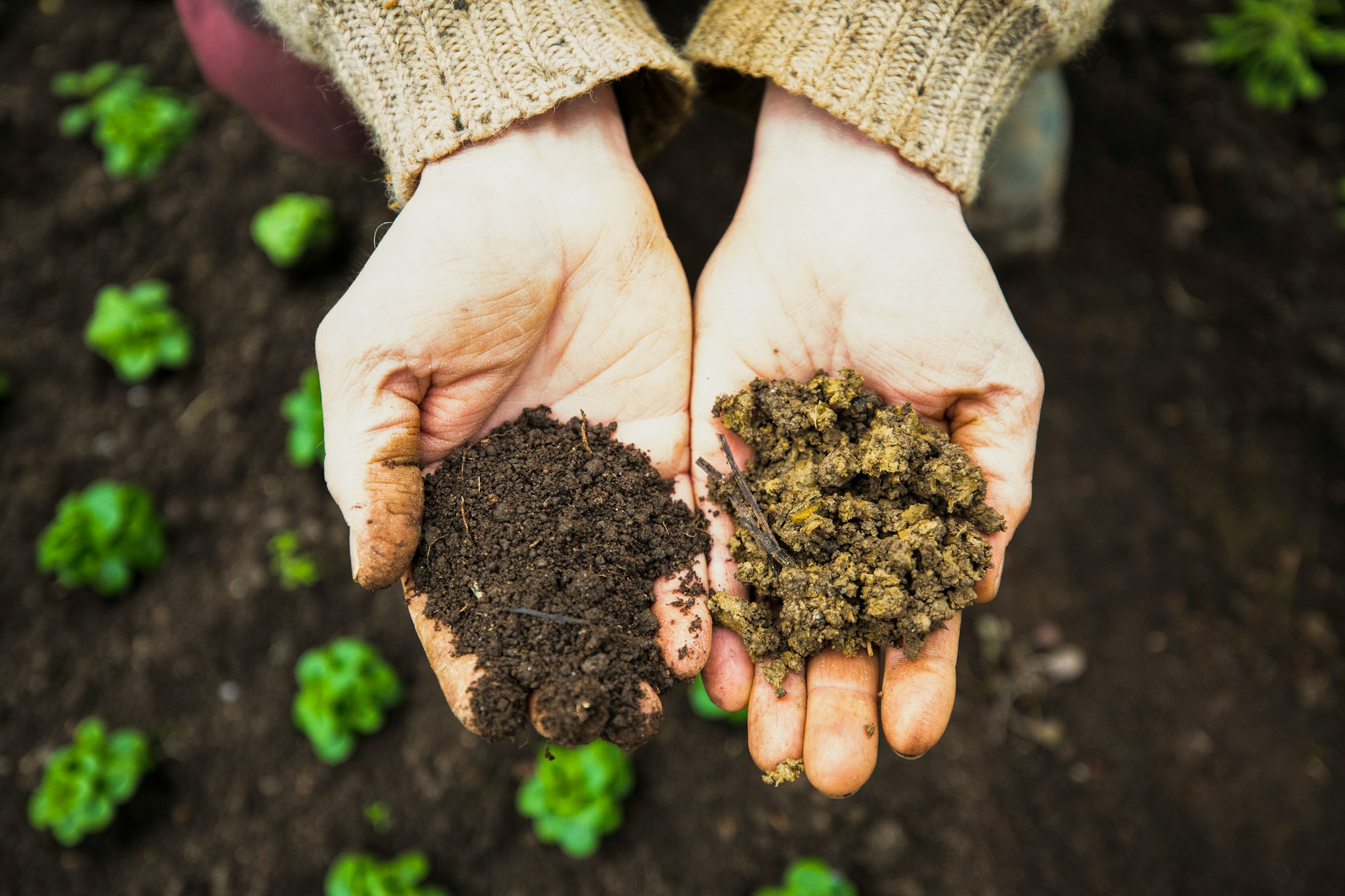Industrial Hemp: Important aspects of cultivation
The cultivation of industrial hemp is already legal in some countries, such as Germany, but certain guidelines and recommendations must be followed. Which hemp varieties should I choose and what do I need to look out for when sowing? Find out in the following text.

Hemp is a versatile crop with numerous applications ranging from the construction industry to food production. The cultivation of industrial hemp is already legal in some countries, such as Germany, but certain guidelines and recommendations must be followed.

Choice of variety
When selecting hemp varieties, it is important to choose varieties with a low THC content that fulfil the legal requirements of the respective country, for example less than 0.3 % THC in Germany.
You can often find an overview of these varieties on official government websites. In Germany, for example, you can visit the website of the Federal Agency for Agriculture and Food (Bundesanstalt für Landwirtschaft und Ernährung - BLE). In addition, only certified seeds should be used to ensure the quality and purity of the plants.

Location and crop rotation
Hemp thrives best in deep soils with a pH value between 6 and 7.5. Care must be taken to avoid waterlogging and compaction, as the plants are sensitive to this when young. Periods of drought hardly harm the plant and it even thrives at altitudes of up to 1,500 metres.
Hemp makes no special demands on the preceding crop and the following crop benefits from the deep soil loosening caused by hemp.

Sowing
The optimum soil temperature for sowing hemp is between 8 and 10°C, which is why it is usually sown from mid-April. Before sowing it is crucial to prepare the seedbed carefully to create optimal conditions for germination and plant growth.
The Research Institute for Organic Agriculture (Forschungsinstitut für biologische Landwirtschaft - FIBL) recommends 100 to 125 germinable grains per square metre for fibre use and 200 to 375 germinable grains per square metre for fibre use. A placement depth of 3 to 4 cm is optimal. For hoeing, the rows should be 25 to 45 cm wide, otherwise 12 cm is sufficient.
In Germany, it is important to note that sowing must be registered with the BLE by 1 July of the cultivation year at the latest.

Plant protection
The pesticides authorised for the cultivation of industrial hemp vary from country to country. In Germany, for example, chemical pesticides are not permitted for industrial hemp. It is therefore important to use alternative methods such as hoeing to control weeds.
After closing the rows, the hemp can usually suppress the weeds effectively itself. This makes hemp easy to cultivate without the use of chemicals: No pesticides or fungicides are usually needed to achieve good yields, as hemp has hardly any serious problems with fungi or pests.

Fertilisation
Due to its large root system, hemp is good at absorbing nutrients from the soil. Compared to other plants, hemp grows very quickly and requires little water or fertiliser. Nevertheless, according to FIBL estimates, the requirement for grain use is 60 kg N, 55 kg P2O5, 100 kg K20 and 15 kg Mg per ha and for fibre use 100 kg N, 90 kg P2O5, 200 kg K20 and 25 kg Mg per ha.

Harvesting
Harvesting as well as sowing is subject to country-specific regulations. For example, the flowering of plants must be reported to the BLE in Germany and the hemp may only be harvested after official authorisation.
At the time of harvest, the plant is often still green, but ripe seeds can be recognised by the rustling of the seed coat. To maintain the quality, the seeds must be cleaned well after harvesting and dried to around 6 % moisture so that they can be stored.

Use of hemp
The special thing about the hemp plant is that it can be used in its entirety, from the seeds to the fibres to the remains of the stalks.
The seeds can be used for food production, for example, while the fibres can be used for textiles, fleece or paper. In this way, no waste is produced and the greatest possible sustainability can be achieved.




